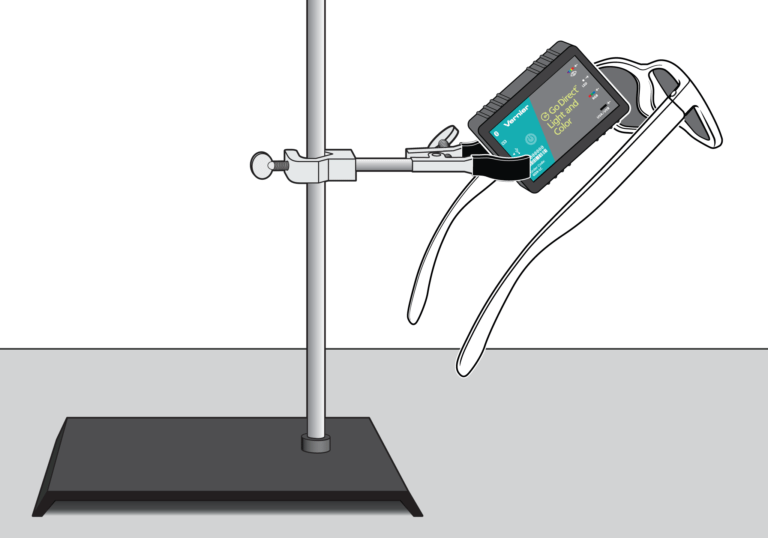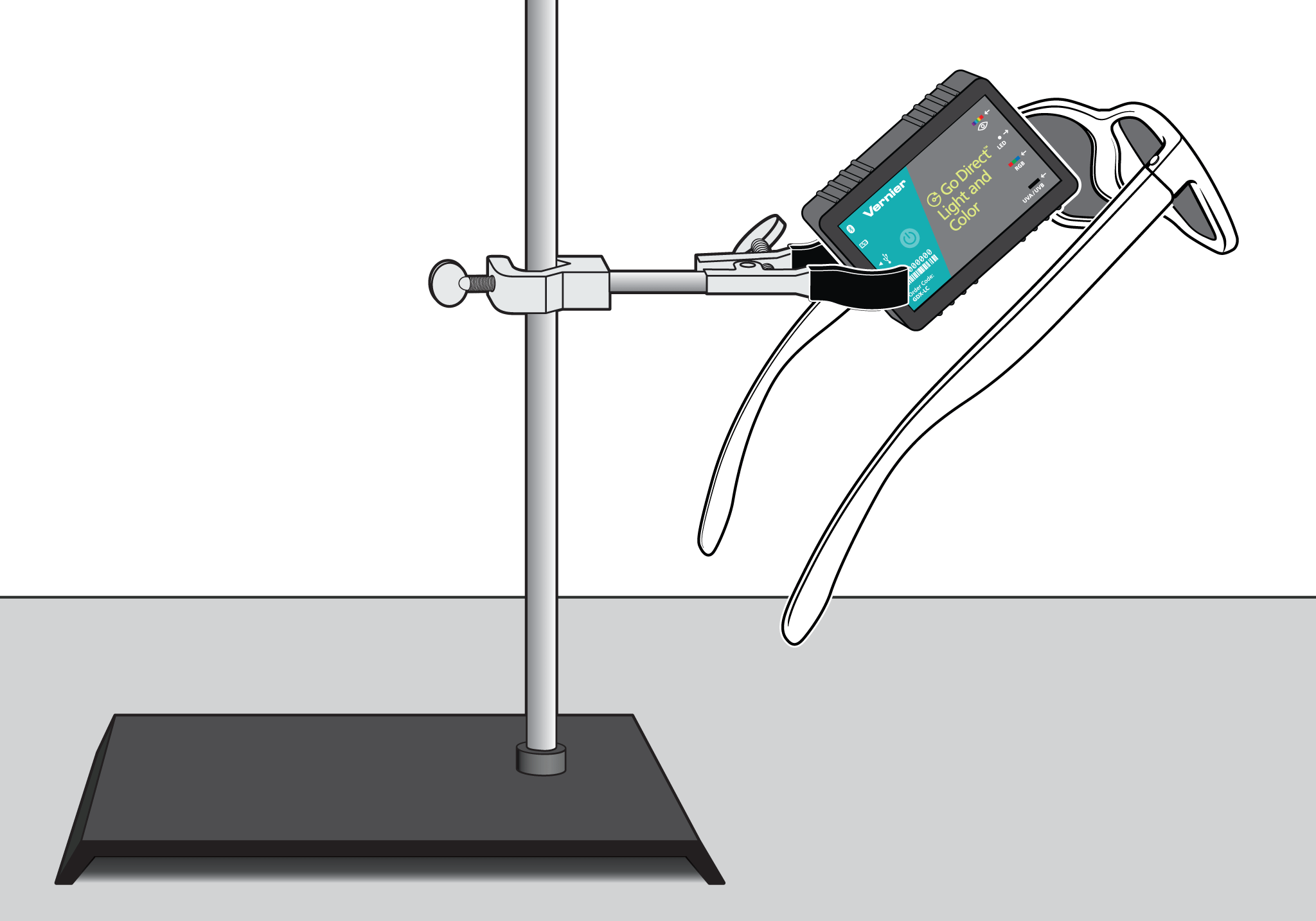
Introduction
Have you ever been sunburned? If so, you are familiar with the fact that ultraviolet (UV) light can damage your skin. But UV light can damage your eyes as well. UV light is absorbed by your eye and can cause a burn just like a sunburn on your skin. This condition, sometimes called snowblindness or welders flash, usually lasts for only a few days. But UV light can also cause cataracts (i.e., cloudy spots on the lens of your eye that can require surgery or lead to blindness). So how do you protect your eyes? Do sunglasses do a good job of blocking UV radiation? Are expensive sunglasses better than cheap sunglasses? Are sunglasses better than regular eye glasses? These are some of the questions you will investigate in this experiment.
In this experiment, you will measure the UV-blocking performance of various types of sunglasses and eyeglasses.
Objectives
- Use a Go Direct Light and Color Sensor to measure UV light.
- Determine the percent UV light that is blocked by various kinds of sunglasses and regular eyeglasses.
Sensors and Equipment
This experiment features the following sensors and equipment. Additional equipment may be required.
Ready to Experiment?
Ask an Expert
Get answers to your questions about how to teach this experiment with our support team.
- Call toll-free: 888-837-6437
- Chat with Us
- Email support@vernier.com
Purchase the Lab Book
This experiment is #20 of Earth Science with Vernier. The experiment in the book includes student instructions as well as instructor information for set up, helpful hints, and sample graphs and data.



